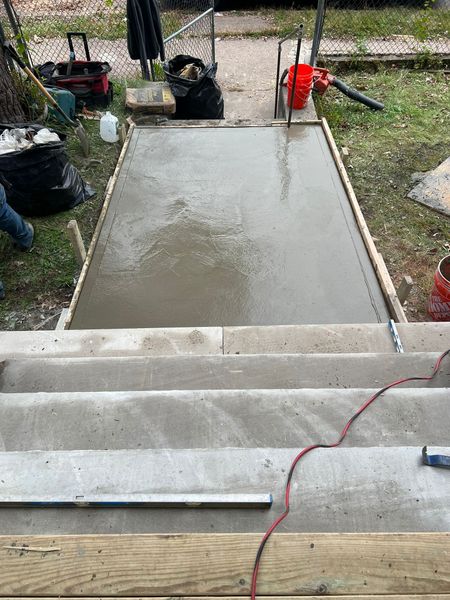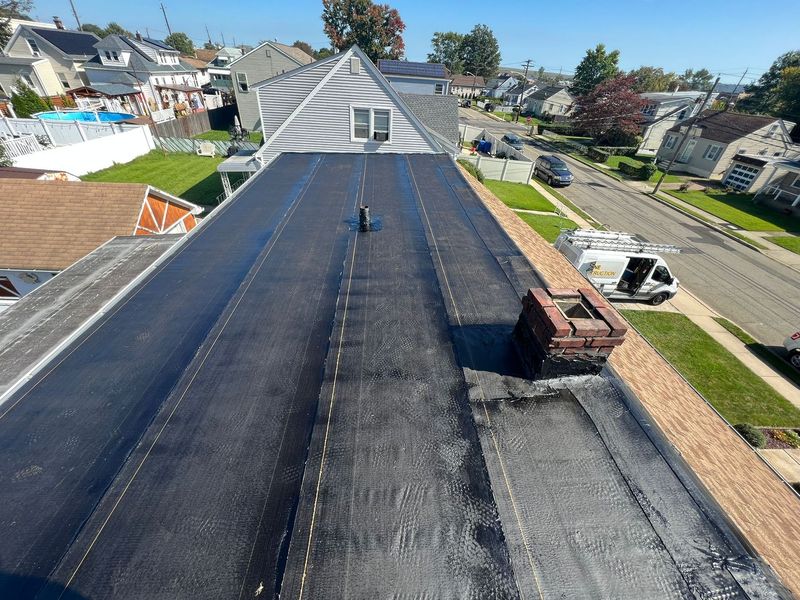Introduction
Ah, the kitchen—a space that’s often regarded as the heart of any home. It’s where culinary magic happens, family gatherings take place, and memories are created over shared meals. However, have you ever considered how crucial lighting is to this vital area? The right lighting can transform your kitchen from a drab cooking space into a vibrant hub of activity. In this extensive guide, we’ll delve deep into Kitchen Lighting Plans That Work Wonders for Functionality.

We'll explore various lighting types, strategies for layering lights, and tips on how to choose the right fixtures that not only illuminate but also enhance the aesthetics of your kitchen. So grab your apron and let’s dive in!
Understanding Kitchen Lighting: Why It Matters
Lighting is more than just a utility; it plays a pivotal role in setting the mood and functionality of your kitchen.
The Three Layers of Kitchen Lighting
To create an effective lighting plan, you must understand three fundamental types:
Ambient Lighting: This is your primary source of light—think ceiling fixtures or recessed lights that fill the room with soft illumination.
Task Lighting: Focused lighting for specific activities like chopping vegetables or reading recipes. Under-cabinet lights are a popular choice here.
Accent Lighting: This adds drama to your kitchen by highlighting architectural features or decor items.
The Importance of Each Layer
- Ambient lighting provides overall illumination. Task lighting ensures safety and efficiency during food preparation. Accent lighting adds personality and style.
By combining these layers effectively, you can achieve a well-rounded Kitchen Lighting Plan That Works Wonders for Functionality.
Assessing Your Kitchen's Layout
Before jumping into fixture selections, it’s vital to evaluate your kitchen layout.
Identifying Key Areas Needing Light
Consider areas where you perform most tasks:
- Cooking Zone Prep Area Dining Space Cleaning Station
Analyzing Natural Light Sources
Take note of windows and doors that bring in natural light during the day. This will influence your artificial lighting choices—after all, you don’t want to overdo it!
Choosing Fixtures Wisely
When it comes to selecting fixtures, consider both functionality and style.
Types of Kitchen Lights
Pendant Lights- Ideal for islands or dining tables. Available in various styles—from modern to rustic.
- Great statement pieces; opt for smaller models for compact spaces.
- Sleek and unobtrusive; perfect for modern kitchens.
- Essential for task areas like countertops.
- Versatile; adjust tracks based on changing needs or layouts.
Style Considerations
Your fixtures should complement your kitchen's decor while remaining functional. Choose finishes that match appliances or cabinetry for a cohesive look.
Layering Your Kitchen Lighting Plan
Now that you've assessed your space and chosen fixtures, it's time to layer your lights effectively.
1. Creating Ambiance
Start with ambient light sources that fill the entire room without being harsh or overwhelming.
Tips:
- Use dimmers so you can adjust brightness based on mood or time of day. Opt for warmer bulbs (2700K–3000K) to create inviting atmospheres.
2. Focusing on Tasks
Incorporate task lighting directly above workspaces where precision is key.

Options:
- Install under-cabinet strip lights. Position pendant lights directly above islands at a height that won’t obstruct views but offers ample illumination for work surfaces.
3. Adding Accents
Finally, enhance visual interest with accent lighting focused on artwork or unique design elements within your kitchen.
Best Practices:
- Use adjustable spotlights or LED strips on shelves.
Maximizing Energy Efficiency in Your Kitchen Lighting Plan
Energy-efficient options save money while being environmentally friendly—win-win!
1. Choosing LED Over Incandescent
LEDs consume less energy and last longer than traditional bulbs—up to 25 times longer! They also produce less heat, making them safer in confined spaces like kitchens.
2. Smart Technology Integration
Smart bulbs allow you to control brightness levels remotely via smartphones! Consider installing smart switches too; they give you more control over multiple light sources simultaneously.
Common Mistakes in Kitchen Lighting Plans
Even seasoned DIYers can make missteps when planning their kitchen illumination strategies:
1. Overly Bright Spaces
Avoid installing too many bright lights without considering their placement; this can create harsh glare rather than soft light suitable for cooking or dining environments.
2. Neglecting Task Areas
Focusing solely on general illumination might leave essential prep zones darkened—ensure every work area has ample light!
Maintenance Tips for Your Kitchen Lights
Just like any other part of your home, regular upkeep ensures longevity and effectiveness:

Frequently Asked Questions (FAQs)
Q: What type of bulb is best for my kitchen? A: LED bulbs are generally recommended due to their energy efficiency and long lifespan compared to incandescent options.
Q: How high should I hang pendant lights? A: Pendant lights should typically be hung about 30 inches above countertops or tables to avoid obstruction while providing adequate illumination below them.
Q: Can I use dimmer switches with LED bulbs? A: Yes! Just ensure they’re compatible as not all dimmer switches work with LEDs effectively without flickering issues.
Q: What color temperature is ideal for kitchens? A: A warm white temperature (around 3000K) promotes comfort while still providing enough clarity during food preparation tasks!
Q: How do I keep my under-cabinet lights from overheating? A: Ensure proper installation with sufficient airflow around these fixtures; consider using LED strip lights as they emit minimal heat compared to traditional options!
Q: How can I incorporate natural light in my design? A: Use reflective surfaces such as glass backsplashes or lighter paint colors which will help bounce natural sunlight around the room more efficiently!
Conclusion
Creating an effective kitchen lighting plan requires thoughtful consideration of various elements—from assessing layouts to selecting appropriate fixtures tailored towards enhancing both functionality and aesthetics within this essential space! By layering roofing contractors ambient, task, and accent lighting strategically while prioritizing energy efficiency through smart technology integrations alongside routine maintenance practices—you’ll ultimately achieve a beautifully illuminated cooking haven that truly works wonders!
Remember, every detail matters when designing those luminous pathways through which family meals pass—from morning coffees brewed at dawn till midnight snacks devoured under soft glowing hues after hours spent together reminiscing over life’s joys shared around delicious dishes prepared amidst twinkling lights overhead! So go ahead—get started revamping yours today!